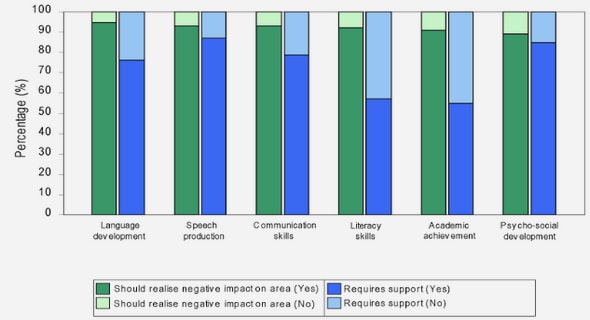(Downloads - 0)
For more info about our services contact : help@bestpfe.com
Table of contents
Acknowledgements
Summary
Preface
Introductory Chapter
Introduction
Outbreaks of highly pathogenic avian influenza (HPAI) H5N1
Global and regional situations
Situation in Thailand
Control measures applied by Thai government
Problem statement
Objectives
Mathematical modeling of infectious diseases
Evolution of mathematical modeling applying in infectious disease studies
Stochastic approaches in mathematical modeling of infectious diseases
Law of mass action and pseudo-law of mass action
Mathematical modeling of Avian Influenza
Chapter 1: Mathematical modeling of trade networks of backyard chickens in Phitsanulok province, Thailand
1.1. Introduction
1.2. Backyard chicken production chain
1.2.1. Poultry production systems in Thailand
1.2.2. Backyard chicken rearing system
1.2.3. Backyard chicken trade system
1.2.4. Effects of ritual festivals on backyard chicken trade
1.3. Data sources
1.3.1. Study site
1.3.2. Backyard chicken population
1.3.3. Field survey on backyard chicken trade
1.4. Mathematical modelling and social network analysis
1.4.1. Mathematical modeling of backyard chicken trade networks
1.4.2. Social network analysis of backyard chicken trade
1.5. Results
1.5.1. Backyard chicken movement characteristics and model inputs
1.5.2. Simulation output
1.6. Discussion and conclusion
Chapter 2: Mathematical modeling of infectious spread of HPAI H5N1 along trade networks of backyard chickens in Phitsanulok province, Thailand
2.1 Introduction
2.2 Model parameters and assumptions
2.3 Mathematical Model
2.3.1 Total population
2.3.2 Susceptible compartments
2.3.3 Infectious compartments
2.3.4 Removed compartments
2.4 Sensitivity analysis of parameters related to HPAI H5N1 outbreaks .
2.4.1 Mortality rate due to avian influenza infection
2.4.2 Disease transmission rate
2.4.3 Transmission rate by visit of infected trader
2.4.4 Zone of initial infected village
2.5 Mathematical modeling of different scenarios of control measures
2.5.1 Allow all traders
2.5.2 Allow only local traders (TS and HT)
2.5.3 Ban all traders
2.6 Results
2.6.1 Sensitivity analysis
2.6.2 Baseline model output
2.6.3 Control measure simulations
2.7 Discussion and conclusion
Chapter of conclusion and perspectives
Bibliography



